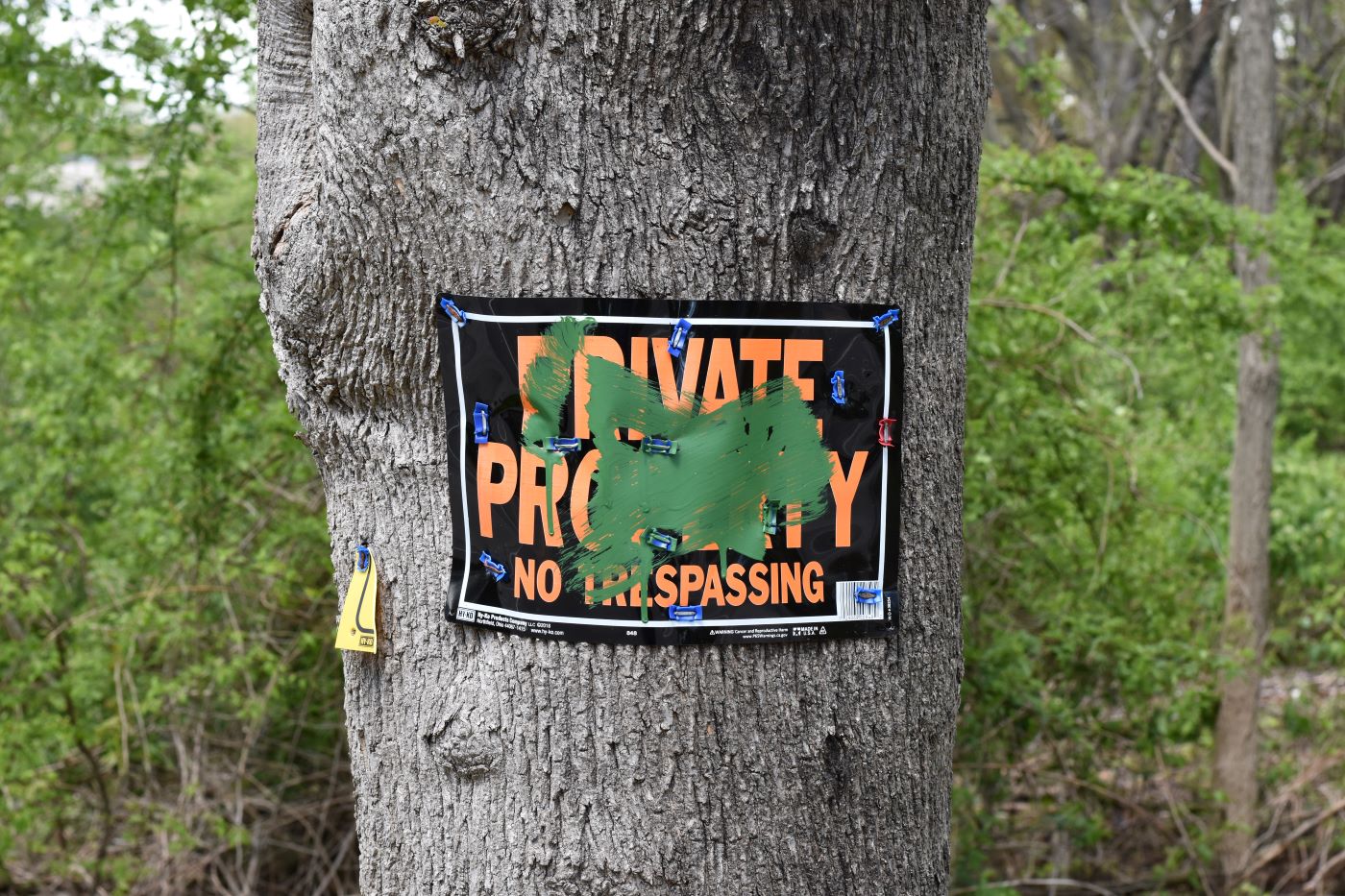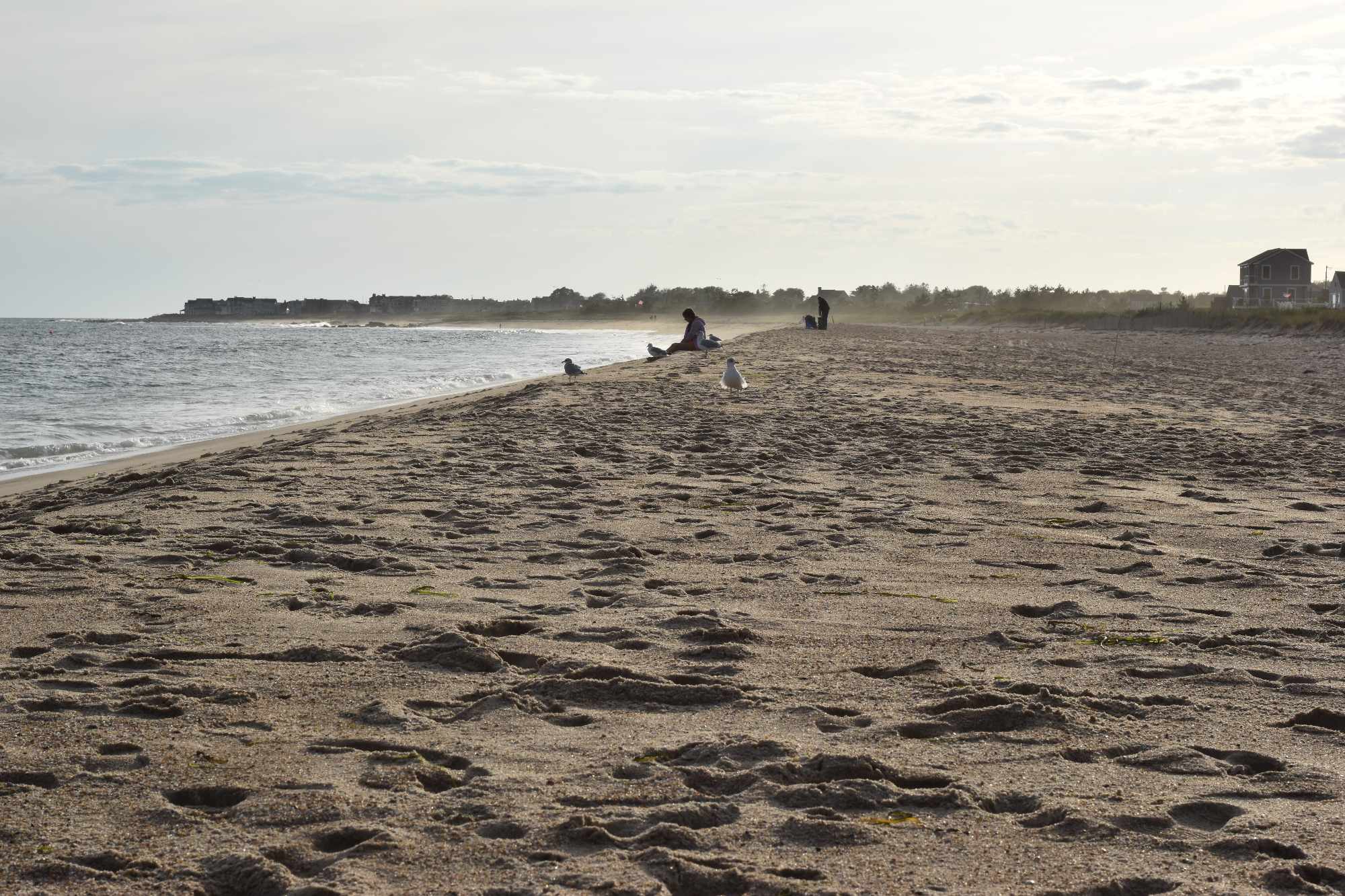New Round of PFAS Testing Leads to Three R.I. ‘Do Not Drink’ Water Orders
New law requires public water systems test for forever chemicals
July 24, 2023
After the most recent round of statewide forever chemicals testing, the Rhode Island Department of Health has issued “do not drink” orders to three different water systems.
The Ladd Center and Exeter Jobs Corps on the former Ladd School property in Exeter and Bruin Plastics in Burrillville can no longer use their wells for drinking water after they tested above 70 parts per trillion (ppt) for per- and polyfluoroalkyl substances (PFAS).

A law that was passed last year, modified earlier this year, and went into effect July 1, mandates that public water systems test for the chemicals, which are found in firefighting foams to food packaging and floor wax and are linked to several cancers, fertility issues, and developmental delays in children.
Of the 170 public water systems in the state, 164 have sampled their water, according to RIDOH spokesperson Joseph Wendelken. The remaining six have until Aug. 10 to report their samplings to be in compliance with the law.
In addition to requiring new testing, the General Assembly also created a new interim drinking water standard of 20 ppt for PFAS. Systems that test above 20 ppt must notify their customers and enter an agreement with RIDOH within 180 days to remediate the impacted wells, but only systems that tested above 70 must issue “do not drink” notices to their customers.
RIDOH and its toxicologist determined that 70 ppt put consumers at a much higher health risk than 20 ppt and decided to set the higher number as the “do not drink standard,” Amy Parmenter, chief administrator for RIDOH’s Center for Drinking Water Quality, told ecoRI News. “Seventy was previously what the [Environmental Protection Agency] had been using for their health advisory, so there had been some science behind that previously.”
The EPA is currently trying to push for more stringent requirements.
In addition to the Ladd Center, Exeter Jobs Corps, and Bruin Plastics, eight other water systems tested between 20 and 70 ppt.
The department has posted the test results, which are an average of the first sample and a confirmatory sample, for the systems that exceeded the standard.
RIDOH wanted to prioritize the systems with higher results, but will eventually post the results from all the systems, Wendelken said.
For those systems that have been placed under a no drink order, water sources are being provided.
According to Lisa Watling from Bruin Plastics’ marketing department, even before the no drinking water order, employees didn’t drink from the tap because of concerns about the water, so the order didn’t have a big impact, she said.
Water will be trucked in for tenants at the Ladd Center and Exeter Job Corps, according to David Preston, spokesperson for the Quonset Development Corp., the water system provider for the area.
“Planning for a more permanent solution is well underway,” he wrote in an email to ecoRI News.
The Exeter Job Corps Center has also been providing water since the results were announced, a Job Corps spokesperson wrote in an email.
Of those remaining systems that have wells that tested between 20 and 70 ppt and did not receive a do not drink order, several already have access to alternative water sources.

The well at the Air National Guard Station in Coventry that tested 84 ppt, then 18 ppt, for an average of 51 ppt, has been shut down since February, according to Col. Michael Grzybowski, facilities management officer for the Rhode Island National Guard.
There are three additional wells that tested below the thresholds and “provide more than enough water,” Grzybowski said. “We have no current plans to remediate the inactive well,”
The Captain Isaac Paine School in Foster is also no longer using a well that tested above 20 ppt, although legally it could, and is instead opting to provide bottled water, according to a public notice it sent out. The school has also already started the engineering process for a new well and treatment center and is working with RIDOH and the state Department of Education to accomplish it.
Two other schools also tested above 20 ppt: West Glocester Elementary School and North Smithfield Junior and Senior High School.
West Glocester Elementary School has filtered water stations for people to use and will be using bottled water in its kitchen, according to district Superintendent Patricia Dubois.
Carousel Industries, a cloud communications service provider in Exeter, tested at 55 ppt but could also not be reached by phone.
Wright’s Farm Restaurant in Burrillville tested 2 ppt above the interim standard — the lowest concentration of those wells that exceeded 20 ppt — and has already switched to another well in its system, according to owner Frank Galleshaw. Galleshaw also said when water was being drawn from the other well, it was filtered before making its way to customers, and that the filtered water had tested much lower.
“We are making sure that when folks come to Wright’s Family Restaurant, they are safe,” he said.
A well at Wood River Health Services in Hopkinton also tested above 20 ppt but for the time being is still in use, according to CEO and president Alison Croke. Croke said patients and staff have been notified and that there are resources besides faucets for drinking water.
A well at the University of Rhode Island that tested at 43 ppt is also still operating. Because URI’s system mixes water from multiple wells, the actual concentration of PFAS in the water consumed may be much lower, according to URI spokesperson Anthony LaRoche.
“URI is in the process of implementing a series of upgrades to its water system that are designed to reduce PFAS to levels well below the Rhode Island interim drinking water standard,” he said.
Water systems can install a treatment method to remove PFAS from water or can opt to use a different water source. For example, the Oakland Water District stopped using its well in Burrillville after it saw high PFAS results in 2017 and instead had its customers hook up to Harrisville’s system.
Both moving to a new source (when possible) and installing a treatment system are expensive, costing potentially millions of dollars, but RIDOH’s Parmenter said funding is available through the EPA, the Bipartisan Infrastructure Law passed last year, and the Rhode Island Infrastructure Bank.
“PFAS is treatable,” Wendelken said, which he called a “silver lining.” But he noted “it’s not a quick fix.”
Categories
Join the Discussion
View CommentsRecent Comments
Leave a Reply
Related Stories
Your support keeps our reporters on the environmental beat.
Reader support is at the core of our nonprofit news model. Together, we can keep the environment in the headlines.
We use cookies to improve your experience and deliver personalized content. View Cookie Settings




Congress needs to push to make the originators/responsible parties of this toxic substance pay, not the people. They profited to record levels for decades at the public’s demise, knowing all along since the 1960s these chemicals were carcinogenic.
Instead now, the people are going to have to pay a higher cost to clean up this mess everywhere, while the corporations still reap high profits, take vacations and earn company share.
What a scam!
Where is the data from the other ~150 water systems that have sampled their water and does this include water from the Scituate reservoir?
So true
The makers of the pollutants should be paying not the citizens. Small businesses and churches in rural RI are told their wells are community water sources and can afford to meet these new standards. Therfore more closings on the way in the near future.
I read this report with alarm.
It would be quite coincidental for three wells in close proximity to test positive for the same contaminants in such elevated levels based on localized contamination. The source would more likely be a larger general surface release that may have happened some time ago, and is only now reaching the aquifer.
If this is the case, based on the concentrations this likely occurred near the Ladd/Job Corps wells, and spread downstream in the Carousel direction. There are three potential sources, but based on the existing DEM violations at the town garage site (the subject of DEM NOIE #19-124), based on the former employee report of chemical dumping and non-existent or inoperative runoff controls (these chemicals are regularly used in cleaning agents, lubricants, antifreeze, and hydraulic fluid to enhance temperature resistance, and would be common in a garage maintenance environment), I would look there first.
The Pawcatuck aquifer carries federal and state sole source designations because it would be economically and physically impossible to replace it should it become contaminated.
Previous efforts to have the town at least follow its own ordinances regarding the groundwater overlay at the garage site were not successful.
I submitted a letter to the Exeter Town Council (below) to make sure they were at least aware, but this problem may affect drinking water for thousands of people well outside the town’s borders, and even into southeastern CT. I urge the town, Attorney General and Health Department to make solving the source of this contamination a top priority, to include testing the well and groundwater around the garage site and others in nearby proximity, to insure drinking water remains safe in southern RI now and in the future.
To the Council:
Today the RI Department of Health reported extremely high levels of PFAS contaminant chemicals in water tested from Ladd School, the Job Corps, and Carousel Industries.
The standard for safe public drinking water is less than 20 ppt. Above 70 requires a “do not drink” order. Above 20 requires a public advisory notice and coordination with the Health Department on reducing the PFAS levels.
Ladd School tested at 334 PPT, Job Corps at 198 PPT, and Carousel Industries at 55 PPT.
All three of these sites are located downstream on the Pawcatuck Sole Source Aquifer from the town garage site at 175 South County Trail. Of these, Ladd and the Job Corps are directly adjacent, while Carousel is further downstream.
Based on the letter sent to the DEM by a former DPW employee regarding waste and contaminant dumping in the berm as directed by former DPW Director Mattscheck, and based on the typical and common use of products containing PFAS in garage maintenance operations, it is a real possibility that these chemicals were also dumped at the town garage site, and have now started to contaminate nearby wells.
You’ll recall I advised testing both soil and water samples in the illegally built berm based on the potential for petroleum product contamination some time ago. You are also probably also aware that the site is the subject of zoning and groundwater violations which have yet to be rectified. I attempted to start this process through a zoning complaint, which was denied by Zoning Inspector Hal Morgan and the Zoning Board for lack of standing (although my home is also located downstream of the site, and my well draws from the same aquifer).
Based on the critical nature of the Pawcatuck River Aquifer and the fact that it is the sole drinking water source for thousands of people and businesses in Exeter and all southwestern RI, I again urge the council to have the soil and water tested and take any remediation measures necessary to protect the health and safety of all these people.
Sincerely,
Asa Davis
Considering the high concentration of PFAs in drinking water, I would also be curious to see the comprehensive list of other chemicals tested and if their is a standardized list (are there are other chemicals that can affect public health that are being missed?)